
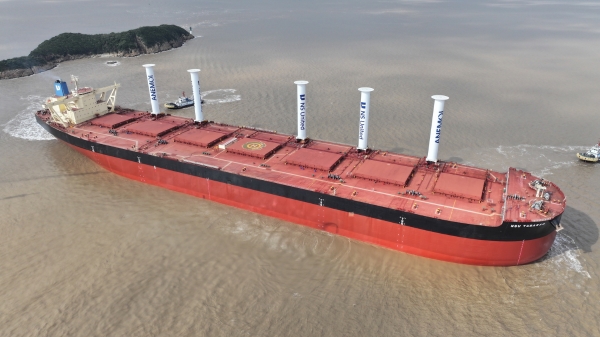
|
Anemoi completes rotor sail installation on 400,000 DWT ore carrier
UK firm fits five 35m-tall units on NS United vessel, targeting 6-12% fuel savings. |
|
|
|
||
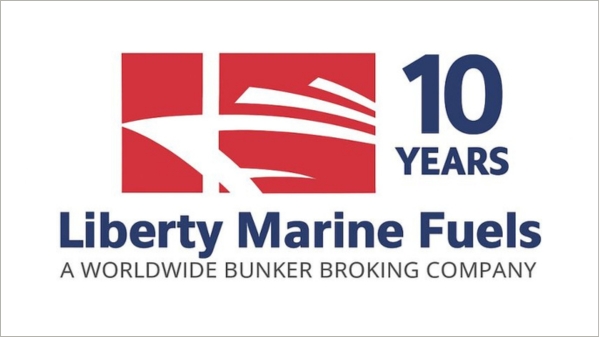
|
Liberty Marine Fuels marks 10 years in bunker brokering
Aalborg-based bunker broker celebrates a decade of operations connecting shipowners, charterers, and suppliers. |
|
|
|
||
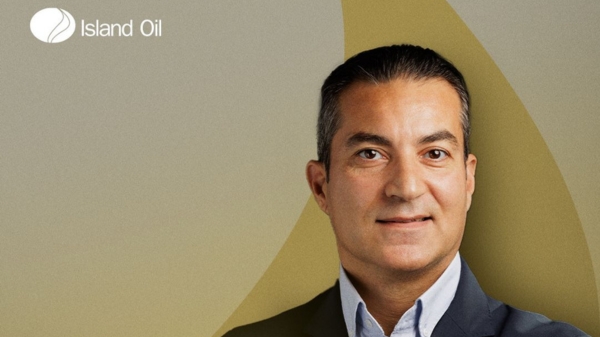
|
Island Oil appoints Charis Chartosias as Commercial Development Manager
Marine fuel trader brings over 14 years' experience to Limassol-based company. |
|
|
|
||

|
Malik Supply appoints HR consultant to support organisational development
Danish marine fuel trader hires Amalie Møller Simonsen with HR experience at Gjensidige and Netcompany. |
|
|
|
||

|
Dan-Bunkering relocates new fuels lead to Copenhagen to support European decarbonisation push
James Shiller moves from Cape Town to Denmark as EU regulations drive alternative fuel adoption. |
|
|
|
||
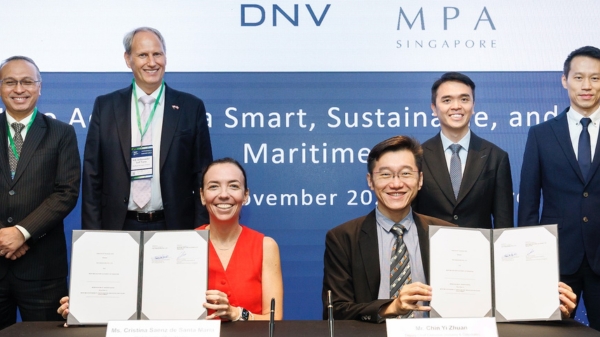
|
MPA Singapore and DNV renew partnership to advance maritime decarbonisation and digitalisation
Third MoU renewal focuses on zero-emission fuels, smart-ship systems, and talent development initiatives. |
|
|
|
||
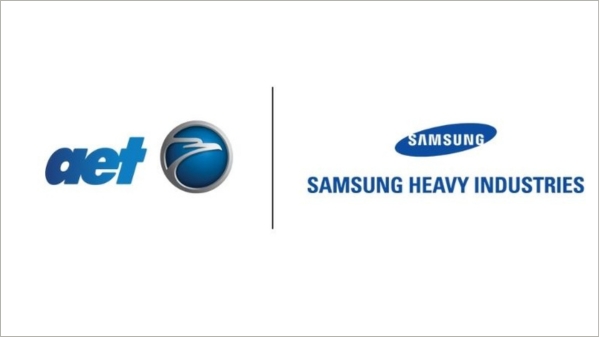
|
AET orders two LNG dual-fuel Suezmax tankers from Samsung Heavy Industries
Singapore-based tanker operator to expand dual-fuel fleet with vessels featuring advanced efficiency and emissions reduction technologies. |
|
|
|
||
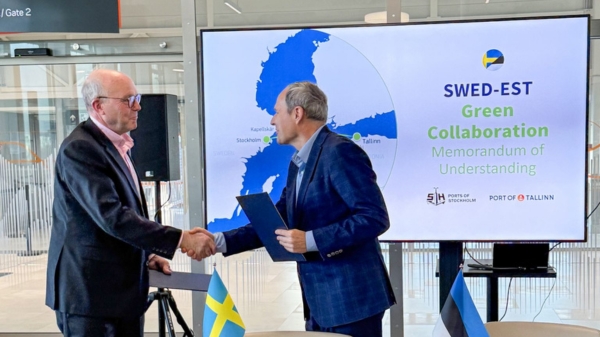
|
Port of Tallinn and Ports of Stockholm launch green collaboration for fossil fuel-free shipping
Estonian and Swedish ports sign MoU to promote sustainable maritime transport on Baltic Sea routes. |
|
|
|
||

|
NextDF engines achieve 0.9% methane slip for Ibaizabal's LNG bunkering vessel
Factory tests show methane emissions far below FuelEU Maritime threshold on newbuild. |
|
|
|
||

|
Sea-LNG welcomes EU transport plan's recognition of methane decarbonisation pathway
Industry coalition says STIP validates investments in LNG, bio-methane, and e-methane for shipping. |
|
|
|
||
| ABS classes world's largest LNG-powered ethane carrier [News & Insights] |
| SEA\LNG coalition adds two new partners [News & Insights] |
| Guidance on LNG bunkering in North America released [News & Insights] |
| ABS releases guide for LNG-ready ships [News & Insights] |